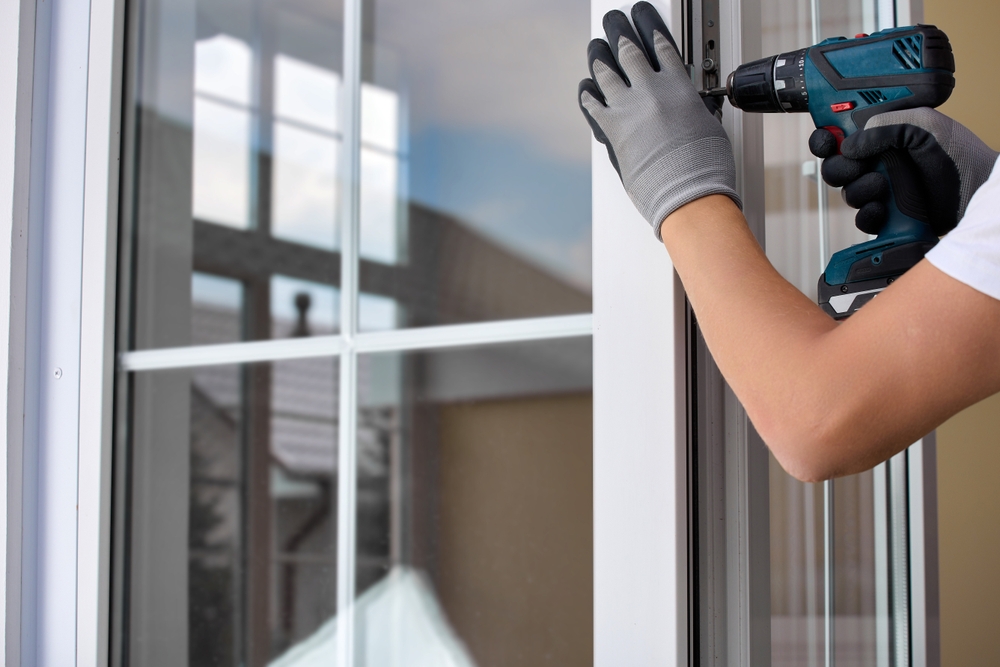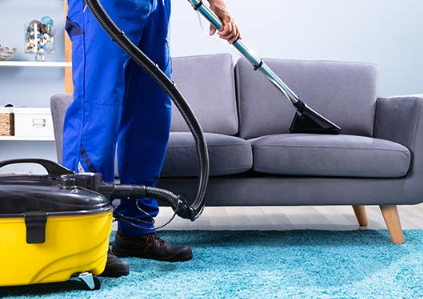Why Replacing Windows Matters (and How to Pick the Right Partner)
Replacing old windows isn’t just about aesthetics—it’s a smart investment in your home’s comfort, energy efficiency, and resale value. In the U.S., where climate varies wildly from sunny California to snowy Minnesota, choosing the right supplier can mean the difference between a seamless upgrade and a costly headache. This guide breaks down 7 critical factors to evaluate suppliers, compares top trends (like energy-efficient materials), and shares insider tips to negotiate the best deal. Let’s dive in!
1. Start with Credentials: Trustworthy Suppliers Share These
Not all window companies are created equal. Prioritize vendors with:
• **Industry Certifications**: Look for NFBC (National Fenestration Association) certification or Energy Star ratings. These ensure professionals meet strict standards for quality and energy performance.
• **Insurance and Licenses**: Verify they carry general liability insurance and are licensed in your state. Avoid fly-by-night operators who skip this step.
• **Local Experience**: A supplier familiar with your region’s building codes (e.g., FHA requirements in Texas vs. earthquake-resistant designs in California) will save you time and money.
Pro Tip: Check the Better Business Bureau (BBB) rating and read reviews on platforms like Angie’s List or **Yelp**. A 4-star rating with 50+ reviews is a solid baseline.
2. Compare Material Quality: Your Window’s Lifespan Depends On It
Windows last 15–30 years, so material durability is non-negotiable. Compare:
|
Material
|
Pros
|
Cons
|
Best For
|
|
Wood
|
Natural look, excellent insulation
|
High maintenance, prone to rot/mold
|
Traditional homes, rustic finishes
|
|
Fiberglass
|
Low maintenance, affordable
|
Less aesthetic flexibility
|
Budget-friendly projects
|
|
Vinyl
|
Mimics wood texture, UV-resistant
|
Less eco-friendly, limited color options
|
Modern homes, coastal climates
|
|
Composite
|
Blend of wood/vinyl, durable
|
Higher upfront cost
|
Eco-conscious buyers
|
|
Triple-Glazed Windows
|
Ultra-energy-efficient
|
Expensive, heavier installation
|
Cold climates (Minnesota, Michigan)
|
Key Question: Ask suppliers about their warranty coverage (e.g., 20-year frame warranties are standard; seek 10+ years for glass). Avoid companies that offer “ lifetime” warranties without specifics.
3. Energy Efficiency: Save on Bills with Smart Choices
With rising energy costs, prioritize windows that reduce your HVAC workload:
• **Low-E Coating**: Reflects sunlight to keep interiors cooler in summer.
• **Argon/Gas Filling**: Traps heat, ideal for winter climates.
• **Solar Screens**: Block UV rays without sacrificing visibility (great for Arizona/South Florida).
• **Energy Star Certification**: Ensures at least 40% less energy loss than standard windows.
Calculate Potential Savings: Use the EnergySage Window Calculator to estimate reductions in your utility bill based on your zip code and window type.
4. Get Multiple Quotes: 6 Questions to Ask Every Supplier
Don’t settle for the first estimate. Use this template to compare apples-to-apples:
-
Total Cost: Include labor, permits, disposal fees, and taxes.
-
Timeline: Will work overlap with your commute or vacation?
-
Change Orders: What’s the policy if you decide to tweak designs mid-project?
-
After-Sale Support: Is there a 24/7 helpline for post-installation issues?
-
Referrals: Can they provide customer testimonials or photos of past projects?
-
Payment Options: Do they offer financing or rebates (e.g., federal tax credits)?
Scam Alert: Watch out for companies that demand large upfront deposits. Legitimate suppliers typically require 30–50% upfront, with the rest due upon completion.
5. Read the Fine Print: Avoid These Hidden Traps
• **Overlapping Jobs**: Some vendors lowball quotes but charge extra for “ rush fees” if they have back-to-back projects.
• **Subcontractors**: Confirm whether workers are directly employed by the company or subcontracted. Subs may lack insurance.
• **Defective Materials**: insist on a **100% satisfaction guarantee**—if windows arrive damaged, the supplier should replace them free of charge.
• **Permit Issues**: In some states (e.g., California), permits can cost $500+. Ensure the supplier handles this or reimburses you.
6. Case Study Spotlight: Real-World Success Stories
Learn from homeowners like Sarah T. in Austin, TX:
• **Challenge**: Her 1970s single-pane windows leaked water during storms.
• **Solution**: She chose **EcoWindows**, a local NFBC-certified supplier offering triple-glazed vinyl windows with a 25-year warranty.
• **Result**: 40% reduction in energy bills + $12k added to her home’s appraisal value.
7. Final Checklist: 10 Steps to Secure the Best Deal
-
Define your budget and priorities (style vs. energy savings).
-
Research 3–5 suppliers in your area.
-
Attend free consultations to discuss designs.
-
Request itemized quotes and compare them line-by-line.
-
Check references and BBB ratings.
-
Negotiate terms (e.g., discounts for offseason installation).
-
Sign a written contract with clear timelines and penalties for delays.
-
Confirm pre-installation inspection of old windows.
-
Schedule a post-installation energy audit to verify savings.
Replacing windows is a significant investment, but with thorough research and these strategies, you’ll avoid pitfalls and maximize ROI. Remember: A reputable supplier will prioritize transparency, not shortcuts. Start by downloading our free window replacement checklist (available at [YourWebsite.com]) and take control of your project today!




